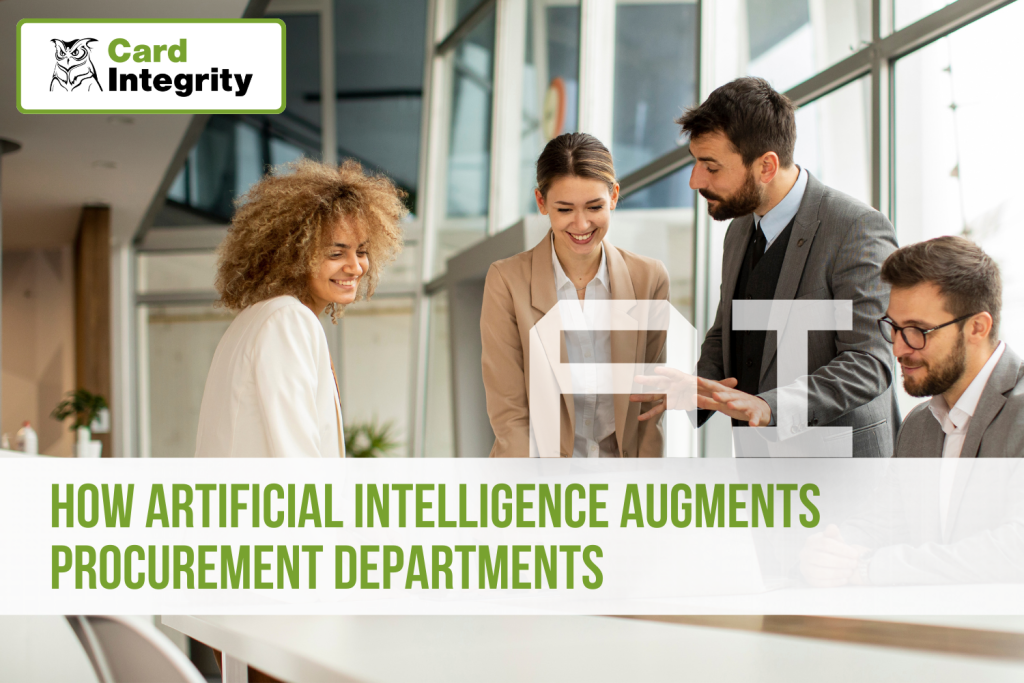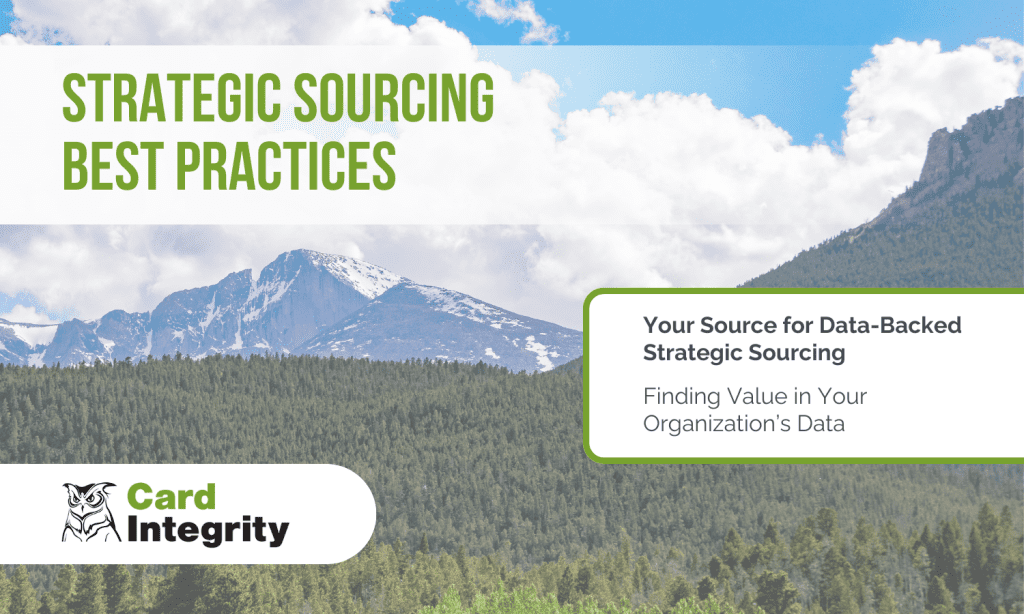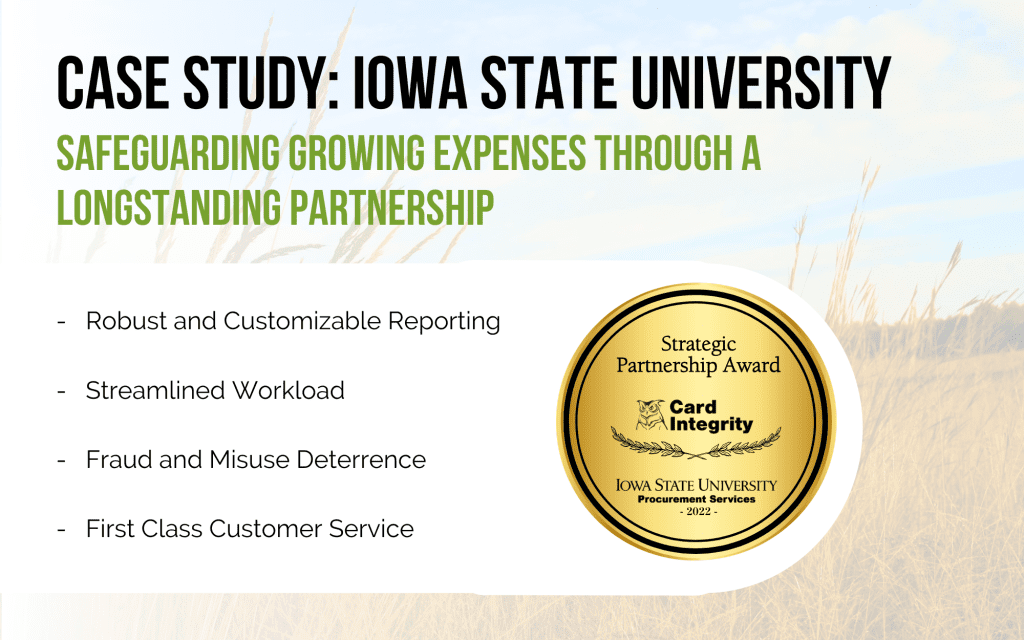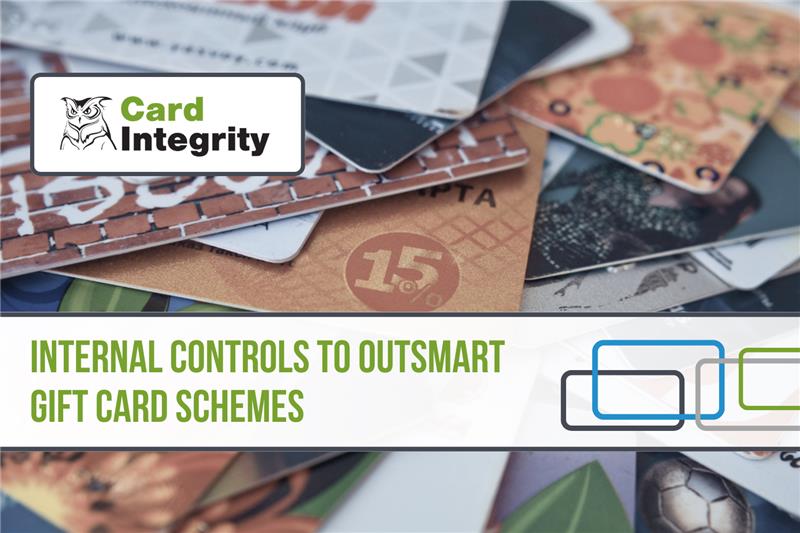Artificial intelligence is not a new development. It has existed in infancy since the 1950s, and as a concept, well before that. Unless you had a career or particular interest in robotics, programming, or automation, its impact on your life was likely minimal, unless you happened to be an hour deep in a sci-fi movie. You may have heard some rumbling about concepts like “machine learning” starting in the 2010s, but in the finance and procurement realm, these concepts were probably not at the forefront of your mind or day-to-day operations.
That all changed in 2022 when ChatGPT became publicly available. All of a sudden, anybody can type into a text box online and they’d receive a remarkably human-sounding response specifically tailored to their question or prompt. Immediately, people in fields like ad copywriting started to feel threatened. It turns out that evidence suggests humans are still way better at writing copy than computers. At around the same time that AI image generation hit a fever pitch, graphic artists felt the same heat. The outlook on this, sadly, is less rosy right now if you buy into some of the doom and gloom headlines, but it is this (human) writer’s hope that AI will soon be seen as just another tool used to create art, similar to how the invention of photography didn’t wipe out painting.
The effects of AI are not limited to creative fields such as the examples above. Procurement professionals have pondered what the long-term effects on their industry may be. It’s only natural of course: the idea of some kind of robotic revolution overthrowing humanity has been drilled into public consciousness by fiction for decades. For reasons sufficiently stated not only in the article linked above, but also an article we put out a few months ago, AI will not be overtaking procurement and ousting jobs. Instead, it will be used as a tool to automate repetitive tasks and make those jobs easier.
What AI Can’t Do
As procurement and sourcing experts know, there is so much more to the job than combing through data. People skills are an important job function, and those can’t be automated. Procurement and sourcing professionals are expected to be able to:
Negotiate and manage supplier relationships. Selecting suppliers is a complicated process in and of itself, not to mention keeping the relationship strong and mutually beneficial. It requires a thorough understanding of the supply market and research to be done beforehand. This requires an experienced professional—not an algorithm.
Strategize. Strategic sourcing is what we call a long-term, forecasted approach to acquiring goods and services. Strategic sourcing is the antithesis of short-term, transactional sourcing done on an as-needed basis (commonly called tactical or operational sourcing). It aims to reduce risk for the organization and lower the total cost of ownership. It requires collaboration and innovation among, yes, real people.
By the way, if you’re interested in learning more about strategic sourcing, Card Integrity created an entire eGuide about the topic. It can be yours for free by filling out the form below:
What AI Can Do
Although AI can’t come in and replace an experienced professional, it can make their job easier. Think of AI as a tool, something you can use to increase productivity. There are three main areas that we see AI having an impact already:
Policy compliance. This is perhaps the most intuitive area where AI can be used as a tool. It can identify anomalies in an organization’s spend behavior and flag them for review.
Predictive modeling. AI creates models that predict future spending behavior to detect risks. This may be especially relevant when organizations aim to integrate procurement into other supply chain processes, such as inventory management.
General clerical use. This includes scanning and organizing purchase orders, insurance management processes, travel booking, and similar uses.
Service, Not a Software
Our expense monitoring service uses an algorithm that is trained to identify anomalies and flag them for review. But we also assign a forensic principle to every account, so every anomaly flagged is reviewed by a real person. Sometimes things are flagged (based on rules set by an organization’s P-Card policy, for example) that are legitimately innocent. For example: a client of ours, a large state university, runs MCCs (merchant category codes) by number for the university’s athletics department. The first one that comes up is “agricultural co-op”. Why would athletics be spending money on agricultural co-op? The software flags it, but the forensic principle behind the scenes figures out that it’s for turfgrass for the football field, and filters it out so it’s never flagged when the reports are returned back to the university procurement department.
So as you can see, jobs aren’t going anywhere in procurement, and in fact, aren’t threatened whatsoever. We still have an important, functional role to play. Card Integrity understands this and stands behind it by providing a service that is more than just software.
If you’d like to learn more about how Card Integrity helps the aforementioned university, check out the Iowa State University case study below!





